Introduction
American ginseng, also known as Panax quinquefolius, is a highly valued herbal supplement renowned for its myriad health benefits. Native to the forests of North America, this perennial plant has been used in traditional medicine for centuries to enhance immune function, reduce stress, and improve overall well-being. One of the crucial steps in preserving and utilizing the medicinal properties of American ginseng is the drying process. Proper drying not only extends the shelf life of the ginseng but also concentrates its active ingredients, making it more potent. This comprehensive guide will walk you through the process of drying fresh American ginseng, ensuring you achieve the best possible results.
Understanding Fresh American Ginseng
Before diving into the drying process, it’s essential to understand the characteristics of fresh American ginseng. Freshly harvested ginseng roots are typically firm, with a creamy white to light beige interior and a distinct, aromatic scent. The roots are covered in a thin, brownish-yellow skin that may have a slightly rough texture. The quality of the final dried product largely depends on the freshness and condition of the ginseng roots at the time of harvest.
Harvesting Techniques
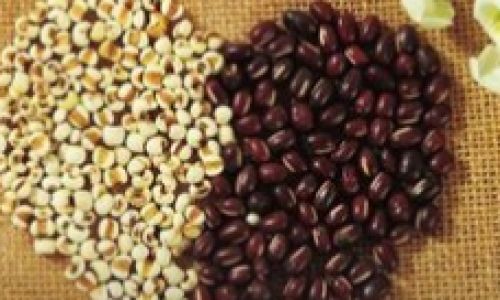
Harvesting American ginseng should be done with care to avoid damaging the roots. Ideally, ginseng should be harvested in the fall, when the plants have accumulated the highest concentration of active compounds. Here are some key points to consider during harvesting:
-
Timing: Harvest ginseng roots in the late fall, after the leaves have turned yellow and begun to wilt. This indicates that the plant has completed its annual growth cycle and has stored maximum nutrients in the roots.
-
Tools: Use a sharp, clean digging tool to loosen the soil around the ginseng plant. Avoid using tools that could crush or cut the roots, as this can reduce their quality.
-
Handling: Gently lift the roots from the soil, taking care not to damage the fine rootlets. Shake off excess soil but avoid washing the roots immediately after harvest, as this can promote rot.
-
Storage: Temporarily store freshly harvested ginseng roots in a cool, shaded area with good ventilation. Avoid exposing them to direct sunlight or extreme temperatures, which can degrade their quality.
Preparing for Drying
Once the ginseng roots are harvested, they must be prepared for the drying process. This involves cleaning, grading, and sometimes peeling the roots to ensure uniform drying and improve the final appearance of the product.
-
Cleaning: Gently brush off any remaining soil from the roots using a soft brush or your hands. Avoid using water, as this can introduce bacteria and mold. If absolutely necessary, rinse the roots quickly under cold running water and pat them dry immediately with a clean cloth.
-
Grading: Separate the ginseng roots into grades based on their size and quality. Larger, more mature roots generally command a higher price and are often processed separately from smaller, younger roots.
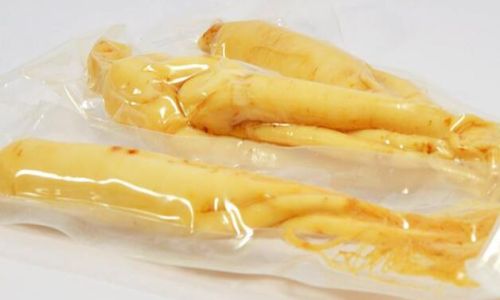
-
Peeling (Optional): Some producers prefer to peel the outer skin of the ginseng roots to enhance their appearance and remove any potential impurities. Peeling can be done manually with a sharp knife or with a peeling machine designed for this purpose. However, note that peeling can also slightly reduce the ginseng’s medicinal value, as some active compounds are found in the skin.
Drying Methods
There are several methods for drying American ginseng, each with its own advantages and disadvantages. The choice of method will depend on the scale of your operation, the available equipment, and your personal preferences.
- Air-Drying
Air-drying is the most traditional and straightforward method of drying ginseng. It requires minimal equipment and can be done in a well-ventilated indoor space or outdoors in a shaded area.
-
Steps:
- Lay the prepared ginseng roots on clean, dry racks or screens. Ensure they are not overcrowded to allow for adequate air circulation.
- Place the racks in a well-ventilated area where the temperature is between 65-75°F (18-24°C) and the humidity is low. Avoid direct sunlight, as this can cause the roots to discolor.
- Turn the roots occasionally to ensure even drying. This can be done daily or every few days, depending on the drying conditions.
- The drying process can take several weeks to a month, depending on the size of the roots and the ambient conditions.
-
Advantages: No special equipment required; preserves the natural color and aroma of the ginseng.
-
Disadvantages: Time-consuming; susceptible to weather conditions and contamination.
- Dehydrator Drying
Using a food dehydrator is a faster and more controlled way to dry ginseng roots. Dehydrators provide a consistent temperature and humidity environment, which helps to speed up the drying process and reduce the risk of contamination.
-
Steps:
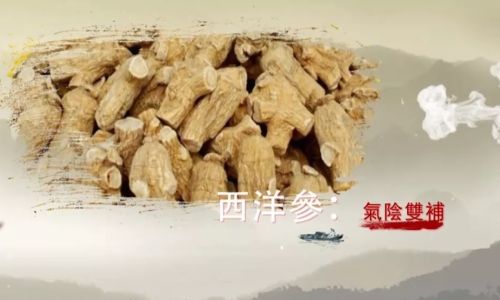
- Preheat the dehydrator to a temperature between 95-115°F (35-46°C). Lower temperatures are preferred to preserve the ginseng’s active compounds and color.
- Arrange the ginseng roots on the dehydrator trays, ensuring they are not overcrowded.
- Set the dehydrator to its lowest fan speed to minimize disturbance and maintain an even temperature.
- Dry the roots for 12-24 hours, depending on their size and the dehydrator’s efficiency. Check the roots periodically to ensure they are not over-dried.
- Once dry, the ginseng roots should be brittle and have a consistent color throughout.
-
Advantages: Faster drying time; more controlled environment; reduces the risk of contamination.
-
Disadvantages: Requires specialized equipment; can be more expensive than air-drying.
- Solar Drying
Solar drying uses sunlight as the primary source of heat and energy for drying ginseng roots. This method is eco-friendly and cost-effective but requires careful monitoring to prevent overexposure to sunlight.
-
Steps:
- Lay the ginseng roots on clean, dry racks or screens in a sunny, open area.
- Cover the racks with a translucent, UV-protective material (such as cheesecloth or a fine mesh net) to diffuse the sunlight and prevent direct exposure, which can cause discoloration.
- Position the racks so that they receive maximum sunlight during the day but are protected from rain and dew at night.
- Turn the roots daily to ensure even drying.
- The drying process can take several weeks, depending on the intensity of the sunlight and the size of the roots.
-
Advantages: Eco-friendly; cost-effective; utilizes natural sunlight.
-
Disadvantages: Weather-dependent; requires constant monitoring; slower drying time.
Post-Drying Procedures
Once the ginseng roots are fully dried, they must be stored properly to maintain their quality and extend their shelf life.
-
Cooling: Allow the dried ginseng roots to cool completely to room temperature before handling or storing. This helps to prevent condensation, which can lead to mold growth.
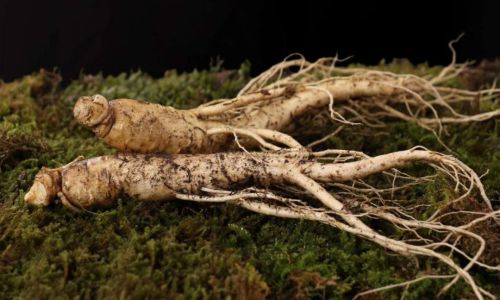
-
Inspection: Carefully inspect each root for signs of mold, discoloration, or other defects. Discard any roots that do not meet your quality standards.
-
Packaging: Store the dried ginseng roots in airtight, moisture-proof containers. Glass jars or vacuum-sealed bags are ideal, as they provide a barrier against moisture, oxygen, and pests. Label the containers with the date of drying and any other relevant information.
-
Storage: Store the packaged ginseng in a cool, dark place, such as a pantry or closet. Avoid exposing the ginseng to direct sunlight, heat, or humidity, which can degrade its quality. Properly stored dried ginseng can last for several years.
Conclusion
Drying fresh American ginseng is a crucial step in preserving its medicinal properties and ensuring its long-term storage. By following the steps outlined in this guide, you can achieve high-quality, dried ginseng roots that retain their natural color, aroma, and potency. Whether you choose air-drying, dehydrator drying, or solar drying, the key to success is patience, attention to detail, and a commitment to quality. With the right techniques and equipment, you can transform freshly harvested ginseng roots into a valuable, shelf-stable herbal supplement that can be enjoyed for years to come.
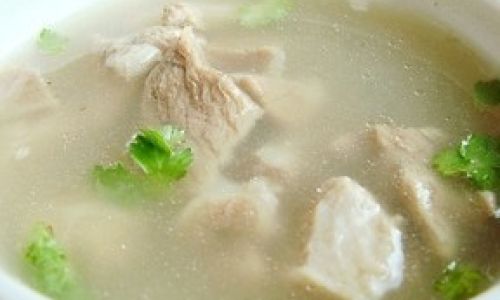
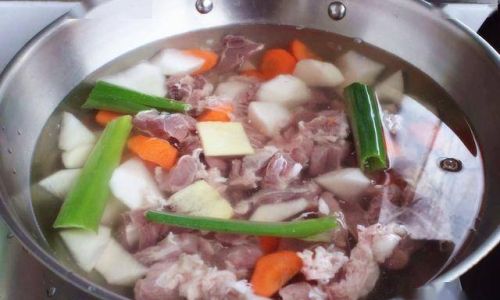
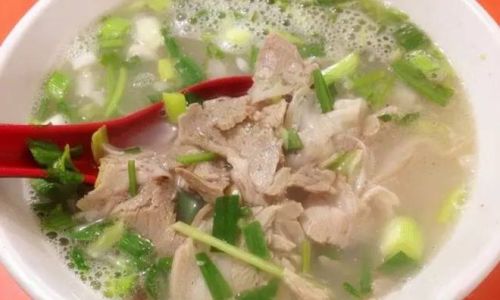



0 comments